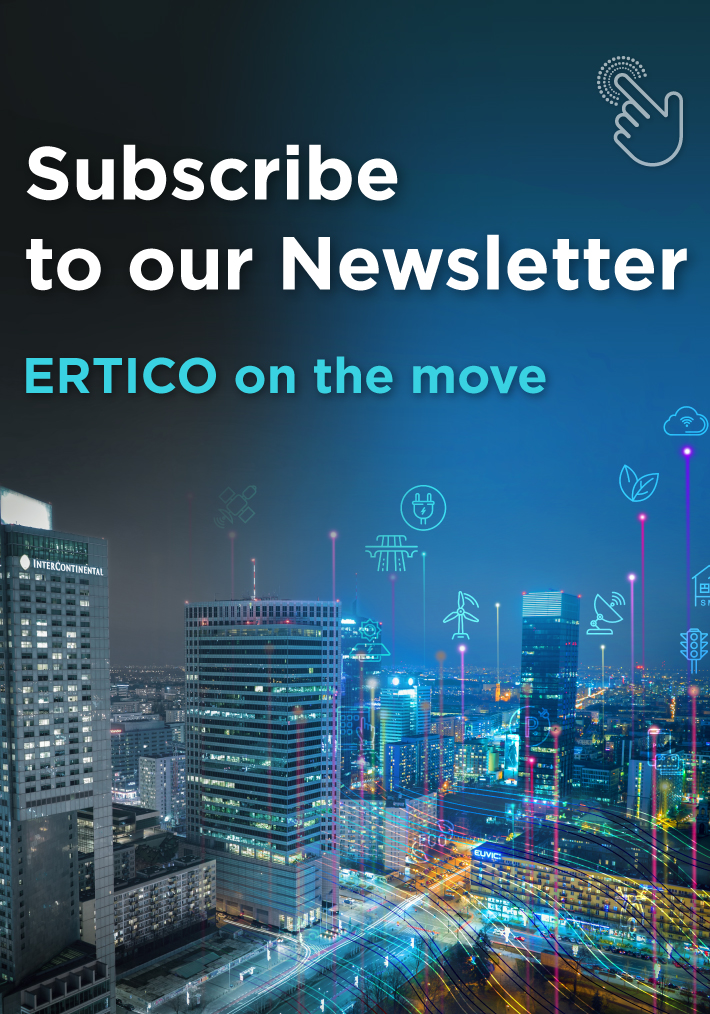InclusiveSpaces is proud to bring its vision of inclusive and accessible urban design to the forefront of the ITS European Congress 2025, taking place in Seville from May 19 to 21. With two interactive sessions planned, the project will showcase how co-designed solutions, assistive technologies, and inclusive planning tools can create more inclusive cities.
InclusiveSpaces is co-funded by the European Union and part of the Built4People partnership. Led by ERTICO – ITS Europe, the dissemination and communication work package of InclusiveSpaces ensures that the knowledge and stories from communities across Europe are shared where it matters most. At this year’s Congress, the project builds on the momentum from recent transnational activities and focus groups to open up conversations about what inclusive mobility truly means.
Spotlight on Seville: InclusiveSpaces at the ITS European Congress
At the Congress, InclusiveSpaces will host two sessions:
Session SIS 52 – Building Inclusive Cities: Co-Designing Accessibility for All (Workshop)
Tuesday, May 20 | 🕓 16:45–17:45 | 📍 Room: Paris ABC
This session begins with short presentations from InclusiveSpaces, AMIGOS (MBE), and SPINE, sharing different approaches to inclusion in transport.
Then, a hands-on workshop will follow:
-
An interactive Slido activity to reflect on accessibility in participants’ own cities
-
A demo of a digital planning tool from NTUA
-
A “Challenge Clinic,” where attendees will work together to explore real accessibility issues and share possible solutions
Speakers and organisers:
-
Moderator: Floridea Di Ciommo (cambiaMO)
-
Organiser: Lidia Buenavida (ERTICO)
-
Contributors: TOBEA, NTUA, MBE
Session TP 2 – Adaptive Mobility Technology 1
Monday, May 19 | 🕥 10:30–11:30 | 📍 Room: Madrid EF
This session will introduce tools being tested in Geneva and Penteli, including:
-
A mobile app using GPS-based geofencing to activate mobility support for people with visual or mobility impairments
-
New traffic management software that simplifies urban operations and supports accessibility planning
Keynote speaker:
-
Alberto Bellini (SWARCO)
These sessions are part of a wider effort to create spaces where everyone feels they belong. By listening closely, testing tools in real settings, and inviting others to share their ideas, InclusiveSpaces hopes to contribute to a more thoughtful and inclusive approach to urban mobility.
Learning from Communities
Earlier this year, InclusiveSpaces hosted a Transnational Community of Practice to share lessons from local activities in cities including Madrid, Hamburg, Larnaka, Budapest, Penteli, and Geneva. Participants included people in vulnerable situations, local facilitators, city officials, transport providers, NGOs, and researchers.
The session created space to reflect on what inclusion means in practice. A few key messages stood out:
-
Accessibility is about more than infrastructure. Ramps and elevators are important, but emotional safety, cultural sensitivity, and inclusive communication matter just as much.
-
Voluntary participation builds trust. Community of Practice sessions worked best when people could speak freely, without pressure.
-
Inclusion should be understood broadly. This includes people with sensory sensitivities, neurodivergent individuals, and people with diverse gender identities (not only those with visible disabilities).
-
Technology can help, but not replace human connection. Tools should be easy to use and not create new barriers.
-
Context matters. What counts as “inclusive” depends on local realities. In some cities, gender-responsive design is a new topic; in others, the focus is still on physical accessibility.
Participants also suggested using visual communication, giving regular updates on how feedback is used, and involving local authorities to help turn ideas into action.
Listening and Learning from the Ground Up: Focus Groups in Larnaka and Madrid
This April, InclusiveSpaces hosted two local focus groups that offered rich, grounded feedback from communities directly impacted by urban design.
In Larnaka, a group of people with disabilities, educators, and local representatives took part in an activity called “Mix, Match & Mastermind.” They selected one of six strategies, ranging from empathy-building to infrastructure, and imagined the long-term impact of applying (or not applying) that strategy.
Participants spoke about wanting to live more independently, move around safely, and feel included in daily life. The exercise also raised a reminder: anyone can become disabled at any time. The visuals created from their responses, showing two possible futures, highlighted the importance of planning ahead rather than fixing problems later.
In Madrid, the focus was on testing the InclusiveSpaces digital tool. Participants (urban planners, architects, and accessibility experts) reviewed recommendation sheets based on their fields, then met to give feedback.
Some points they raised:
-
The landing page needs to work better with screen readers.
-
Illustrations should be easier to interpret, especially for people with visual impairments.
-
Terms and checklist items should feel more like guidance than strict rules.
-
The section “Perspectives for Inclusion” could be clearer as a sociogram rather than using bubbles.
-
Environmental concerns like tree allergies should be included.
-
Alt text should explain the image, not just repeat what’s already written.
Their feedback will help shape the next version of the tool.
To stay up to date with the project, visit the website and sign up for the newsletter.
